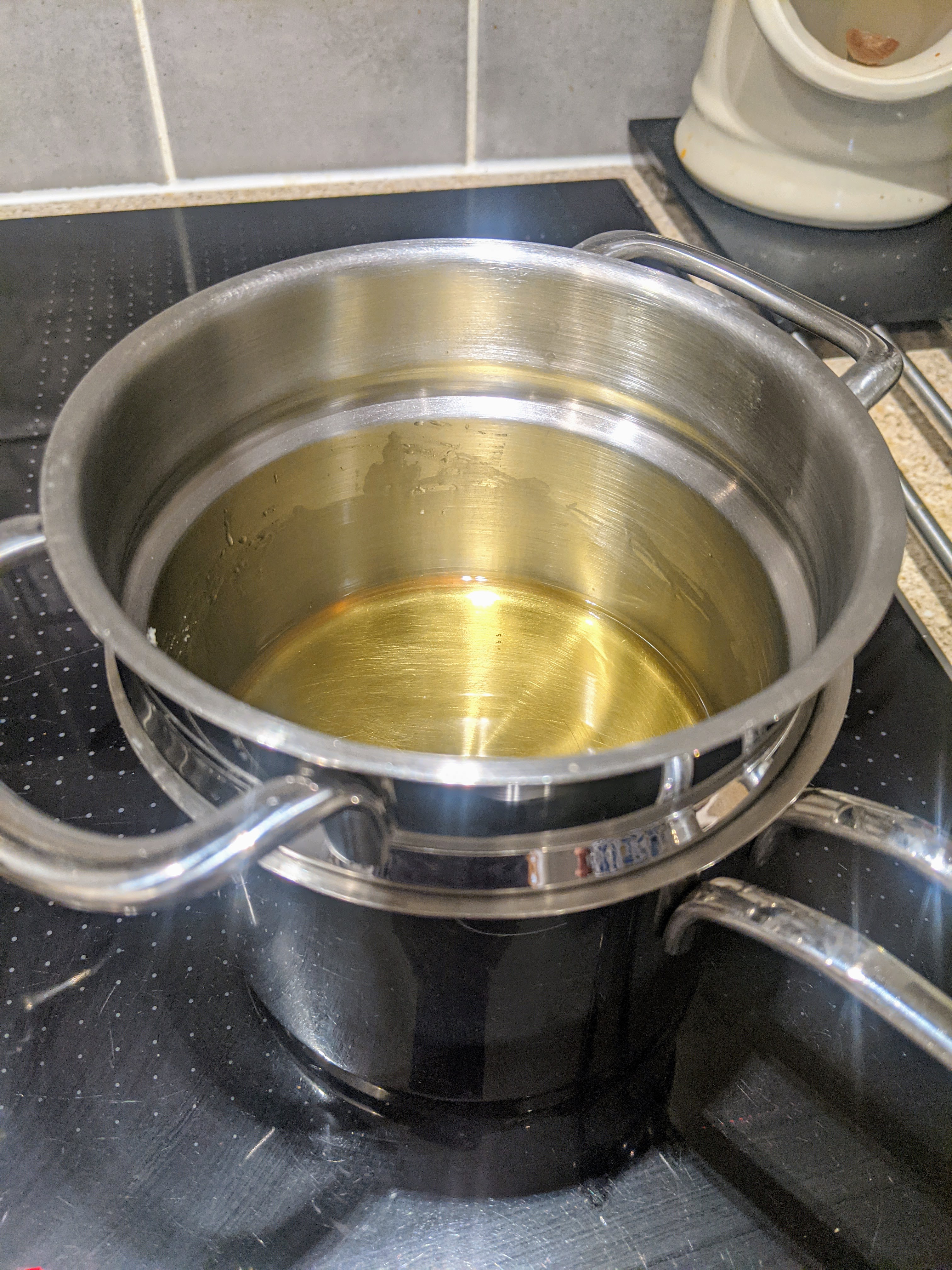
To be honest, the last several days of silence on the blog are best accounted for by the feeling that I might be inhabiting a parallel dystopian universe where words have ceased to have any meaning at all – or at any rate they can mean anything you want them to mean. Even a simple blog like this one, about being human; growing things; cooking them; sharing them and struggling to find the Tao – has to use the selfsame words that make up the lies and distortions promoted by politicians and the dark money that keeps them in luxury. So in order to harness a simple idea like freedom, I need to pick the word up with a long stick and boil it in bleach for a couple of hours just to get the contamination off.
I don’t want to go on too much but when Bayer promote their new form of Roundup as being “glyphosate free” – they seem rather coy about admitting that the principal active ingredient is now vinegar, which you can buy at a fraction of the price at your local supermarket and, like its carcinogenic namesake, doesn’t kill pernicious perennial weeds either. Just for the record there is no evidence that the Potwell Inn tomatoes have any trace whatever of kryptonite and they are 100% natural. As it happens, most deadly nightshade berries are 100% natural and organic so that’s nice. “There is no evidence” is a favourite weapon of the lobbyists who spend billions making sure that the gathering of any evidence (especially the damaging kind) is discouraged.
This week the sun has, at last, started to shine again and through the wonders of AI my phone has started to taunt me with photographs of previous adventures in Europe (remember that?). So as we toted watering cans around the allotment my mind was driving down to southeast France where farmers seem to down tools in July and spend the next two months getting drunk and chasing bulls around the streets. I was so overwhelmed by memories of our visits to Uzès that I felt compelled to go out and buy a Panama hat, shake the moths out of my linen suit and drag Madame on a five mike walk around Bath pretending to be tourists. I’ve always resisted the Panama but as I approach 75 I think I’ve earned the right to be as silly as I like; and so I’ve shaved my designer stubble off and I’m growing my hair back until I can’t stand it any more. Sadly my attempt to provoke the neighbours on the allotment resulted in a single response – “you look very summery today”.
As we sweated it out with the watering yesterday morning, I realized that growing even a small proportion of our food demands a great deal of commitment. When we watch celebrity gardeners on TV, gliding effortlessly between rows of designer veg it doesn’t really convey the backache that hand weeding gives us (it works better than overpriced vinegar by the way), and it misses out the hours we spend constructing and dismantling windbreaks; clearing snow, digging emergency drains, turning compost and humping things like planks and paving stones around. The TV pundits never mention their failed crops and the incredible surpluses that courgette plants produce every year. Neither do they explain how they manage their impressive gardens without small armies of unpaid interns and helpers. I’ve tried telling the allotment that I’d like a couple of weeks off (I mean for a rest, not for making a new TV series) but it appears not to understand. Far from being a kind of restful interlude, it’s this time of year that harvesting and freezing soft fruit takes over, while the abundance of other crops means I’m constantly wondering what can be preserved and what needs to be cooked right now. The upside, of course, is that we can eat the freshest conceivable vegetables, bursting with flavour and goodness – no I mean really bursting – not the kind of PR bursting with flavour that refers to flaccid and exhausted, intensively grown lettuces driven a thousand miles from their impoverished lives under plastic.
As the photo shows we’ve also started harvesting the calendula flowers and drying them in the sun before extracting a golden essence from them in almond oil. Calendula cream really works and it’s so easy to make it’s plain daft to spend a fortune on tiny tubes of the stuff.
The trail cam has been a blessing, and we’re getting a much better idea of our many visitors, including a couple of different foxes, rats, magpies and a ginger cat who turns out to be a lethal predator of birds. I’ll put some shots up as soon as I’ve found a video editing application that allows me to do simple things without being inundated with ads. One of the unexpected outcomes of our move towards wildlife friendly gardening has been a loss of control – which has turned out to be a blessing rather than a curse. The wild plants and animals can’t be divided any more into friends and foes. We’re trying to leave things alone when unexpected volunteers pop up; so the carefully planned crops sometimes have to share their space with an interesting looking “weed”.
Some of the night shots from the trail cam show the presence of hundreds of small moths which it would be fun to identify, except it would be difficult to install a light trap that didn’t draw attention to itself – making it vulnerable to theft. We solved the problem with the trail cam by mounting it inside a padlocked steel box, and although it’s set almost at ground level we can often identify the human visitors to the allotment from their shoes!
Anyways here’s a short video of one visitor you’ll certainly recognise!






